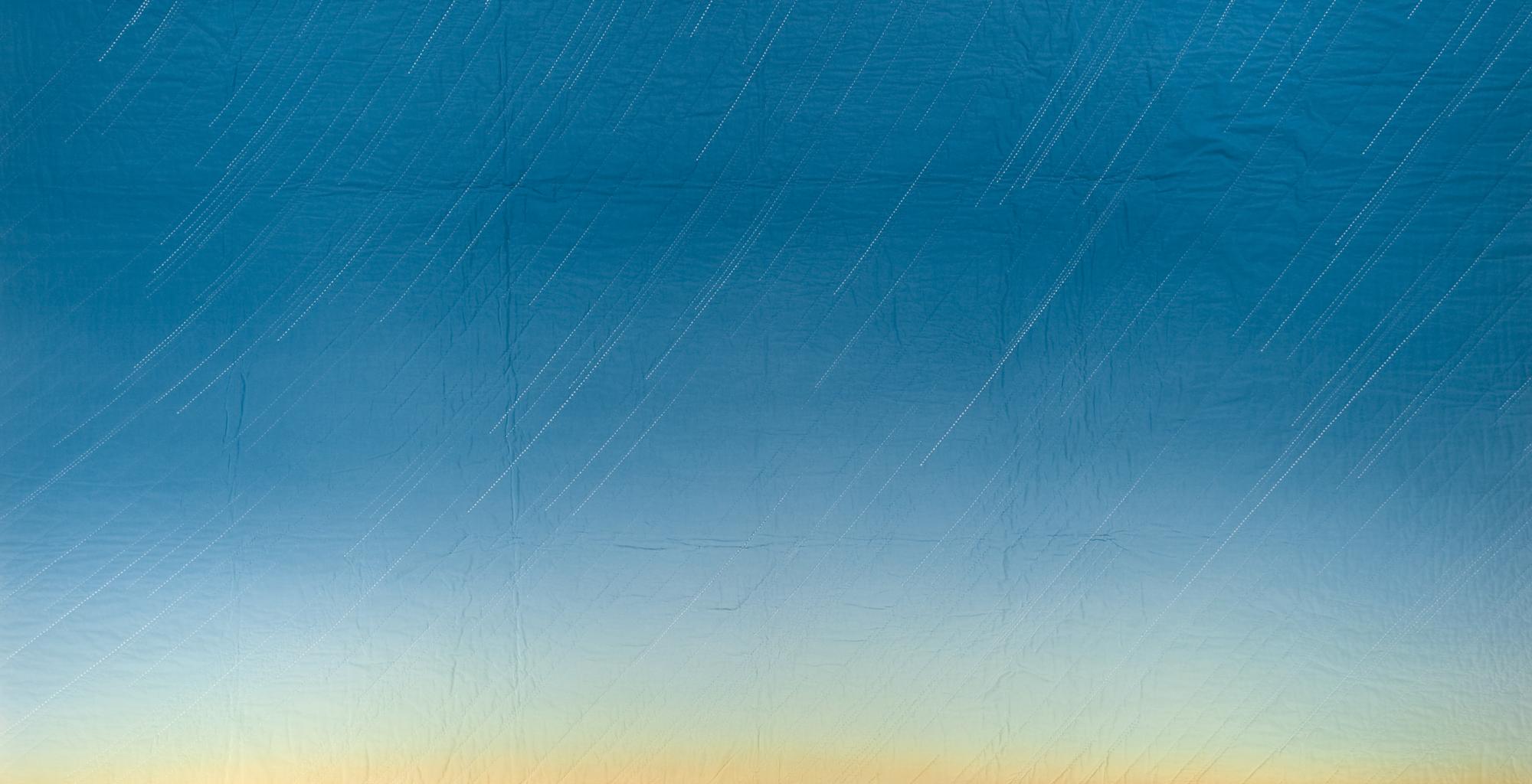
Getting to Know You
June 5, 2015-Feb 6, 2016

On many levels, we get to know others—and ourselves—better through quilts.
Antique quilts provide windows into the past. And in understanding them, we gain greater insight into our own heritage.
Global quilts help us appreciate other cultures. From India to Indiana, domestic textiles like quilts reveal the diversity of the world’s people and remind us of our common humanity.
The quilts in our daily lives—whether gifts or self-made—connect us to others, as do works by artists exploring new aesthetic and conceptual territory. While our individual lives are unique, we can all relate to the stories and ideas embedded in quilts.
By teaching us about previous generations, helping us experience new cultures, or revealing personal stories, looking at quilts gives us the opportunity to connect.
We spent the last year getting to know our audiences around the globe.
In order to discover peoples’ ideas and feelings about quilts, we asked our friends and followers to vote for and comment on pieces that represent our diverse collection.
And they delivered. We received more than 1,000 responses via Facebook, Instagram, Twitter, an online voting page, and in one-on-one conversations. Our online audiences and local friends voted on nearly half of the quilts you see in this gallery.
Quilt House team members and associates also took a turn. We selected quilts and contributed our thoughts from both expert and personal points of view.
As you walk through the gallery, you’ll get to know our global collections and the many people who have thought about and admired them. And maybe you will get to know something about yourself, too